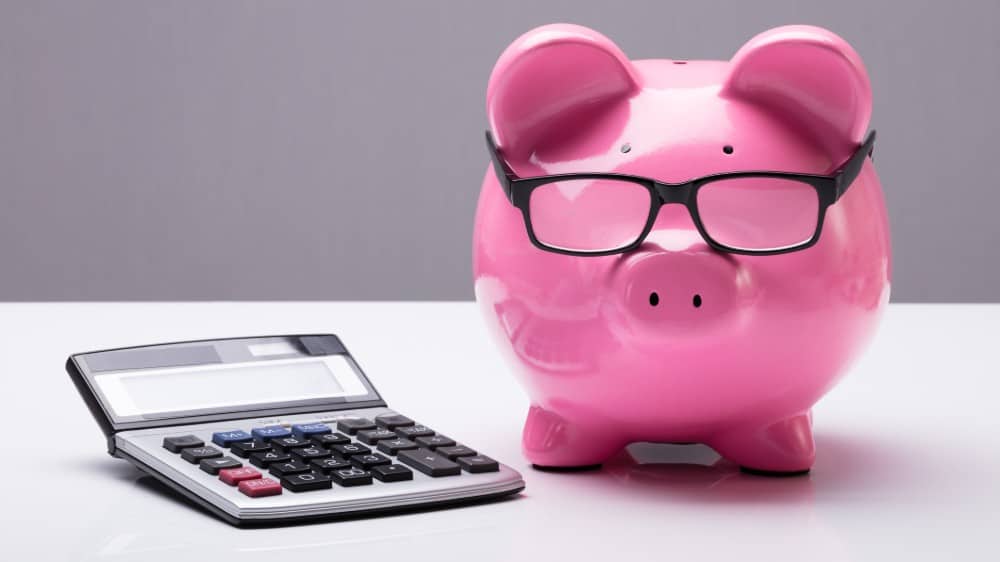Saving for retirement is a lengthy and grueling process, yet nearly half of Canadians are leaving big money on the table. According to research by Royal Bank of Canada, 43% of Canadians don’t have a Tax-Free Savings Account, often referred to as a TFSA. Even fewer have a Registered Retirement Savings Plan, or an RRSP.
If you don’t have one of these tax-free investment accounts, you’re making a huge mistake. Over several decades, your potential tax savings could total $100,000 or more. All you have to do is register for a TFSA or RRSP and begin contributing. If you’re still not convinced, perhaps some math will do the trick.
Tax-free heaven
Let’s say you invest $500 per month for the next 30 years, earning the long-term stock market average of 8%. In total, you’ll have invested $180,000 in capital, but over time, that money will have ballooned to $708,806. But don’t get too comfortable. If you earn between $40,000 and $80,000 per year, taxes will reduce your next egg by nearly $300,000! If you earn more than $80,000 per year, the pain will be even worse.
Let’s say you’re relying on these savings to get you through retirement. If you earn 8% per year in profits, your $708,806 nest egg will generate $57,000 in annual income. Not bad, especially considering that income will be tax-free. If you didn’t use a TFSA, your resulting nest egg would only generate annual income of roughly $35,000. And don’t forget that additional taxes will reduce that value even further.
RRSPs work in a similar way to reduce your tax burden, but instead of saving you taxes later in life, you’ll avoid the taxes today. While many investors opt for an RRSP, I’ve always been a bigger fan of TFSAs. That’s because taking the tax hit now completely removes future uncertainty. With a TFSA, you’ll know that however much you have in your investment account is truly what you have.
RRSP accounts, because they’ve yet to factor in taxes, can cause you to believe your portfolio is worth more than it actually is. Also, taking the tax hit now shields you from any tax increases down the road. With a TFSA, taxes can double and you’ll still be paying 0%.
Regardless, you shouldn’t sweat the TFSA or RRSP decision too much. The way that tax incentives are structured, it’s likely that the ultimate difference in value won’t be that stark. The most important thing is to establish one of these savings vehicles and make regular contributions.
Automate your retirement
Once you have a TFSA or RRSP established, the next thing you should do is immediately set up automatic deposits. Most brokerage accounts allow for this. For example, you can make it so $500 gets withdrawn from your bank account each month and deposited into you investment account. This is one of the best retirement hacks you can use. With automatic deposits, you’re significantly more likely to contribute funds each month than if you relied on yourself to manually process the payments.
Your next step is choosing the right stocks that can build long-term retirement wealth, but using automatic contributions with a TFSA or RRSP is your first order of business.










